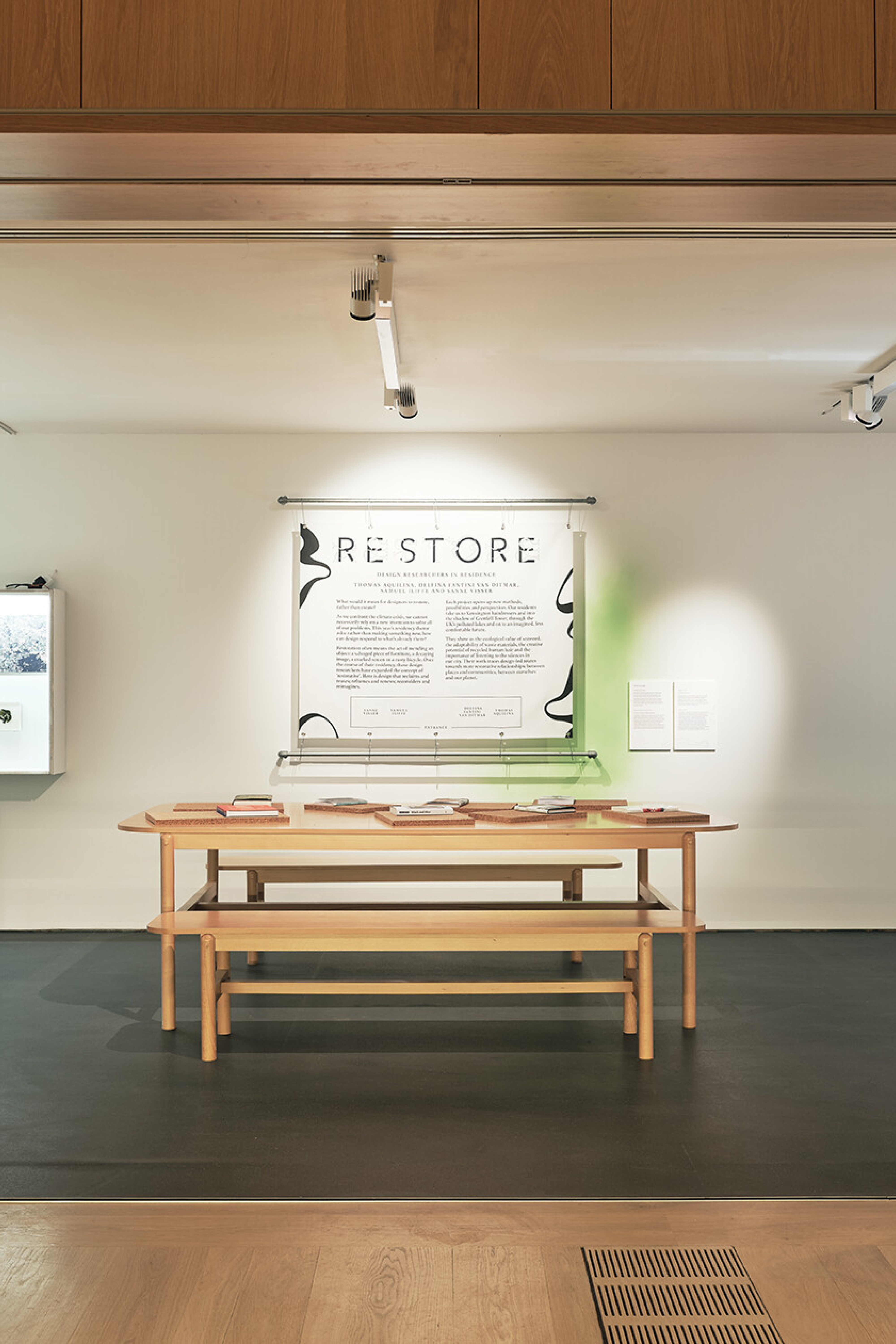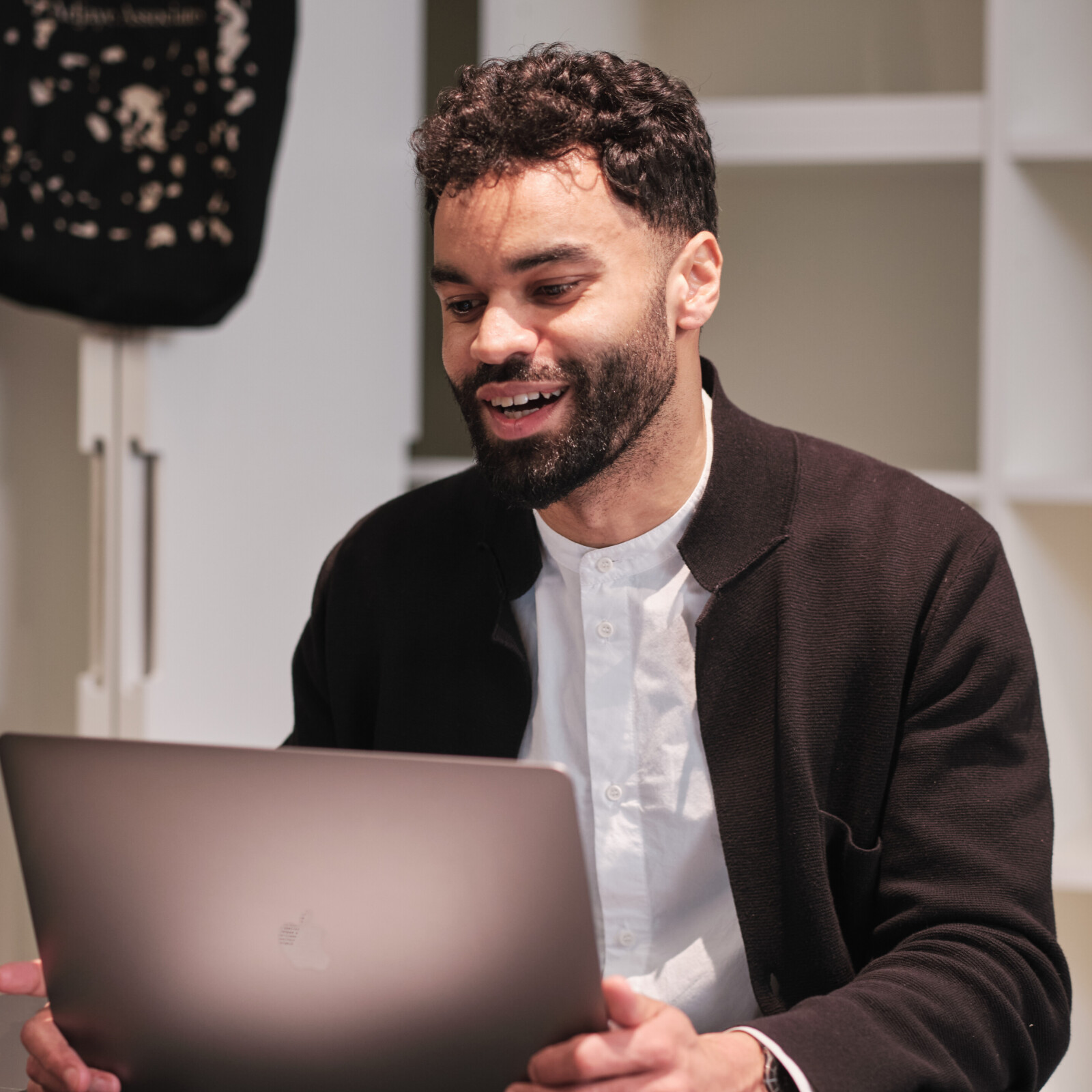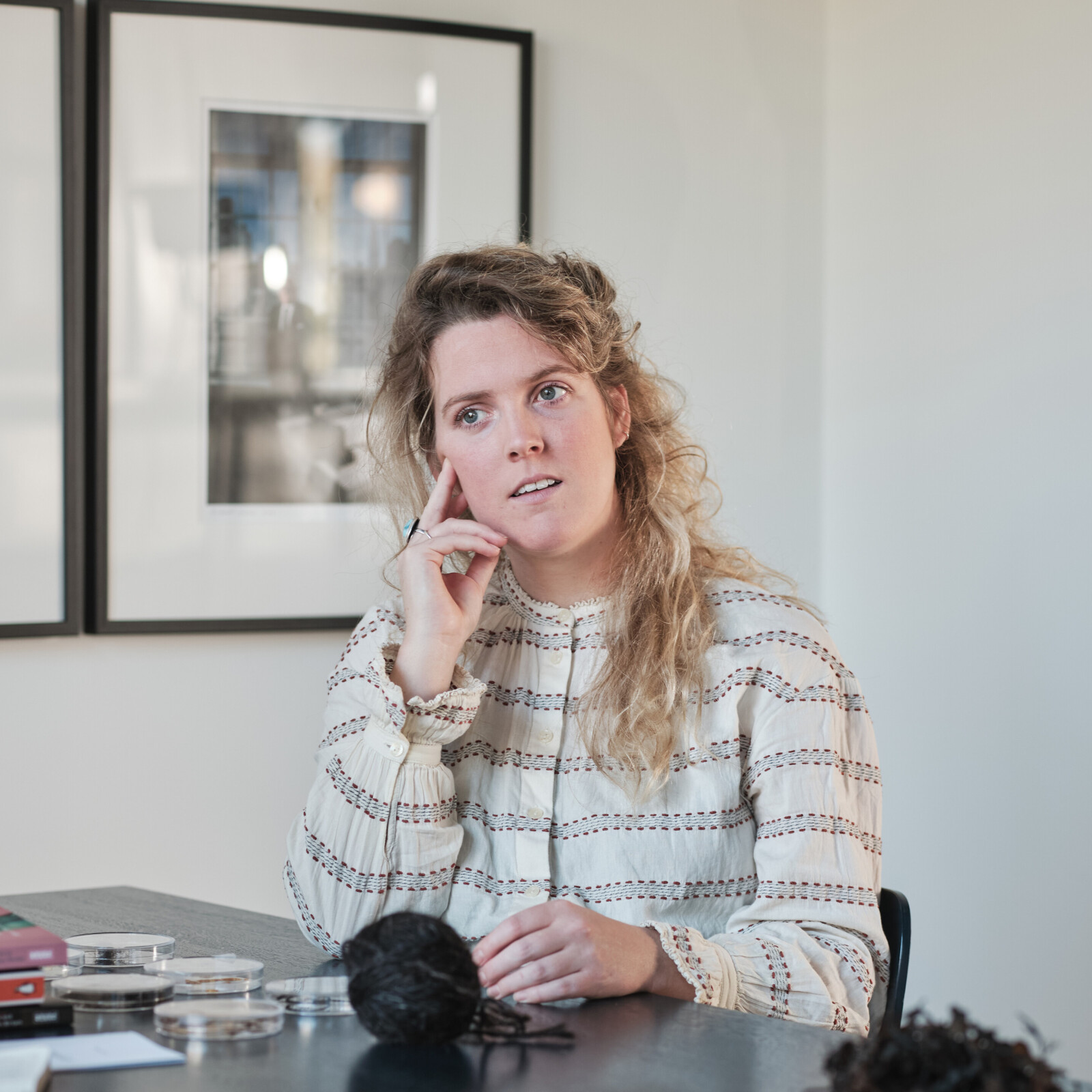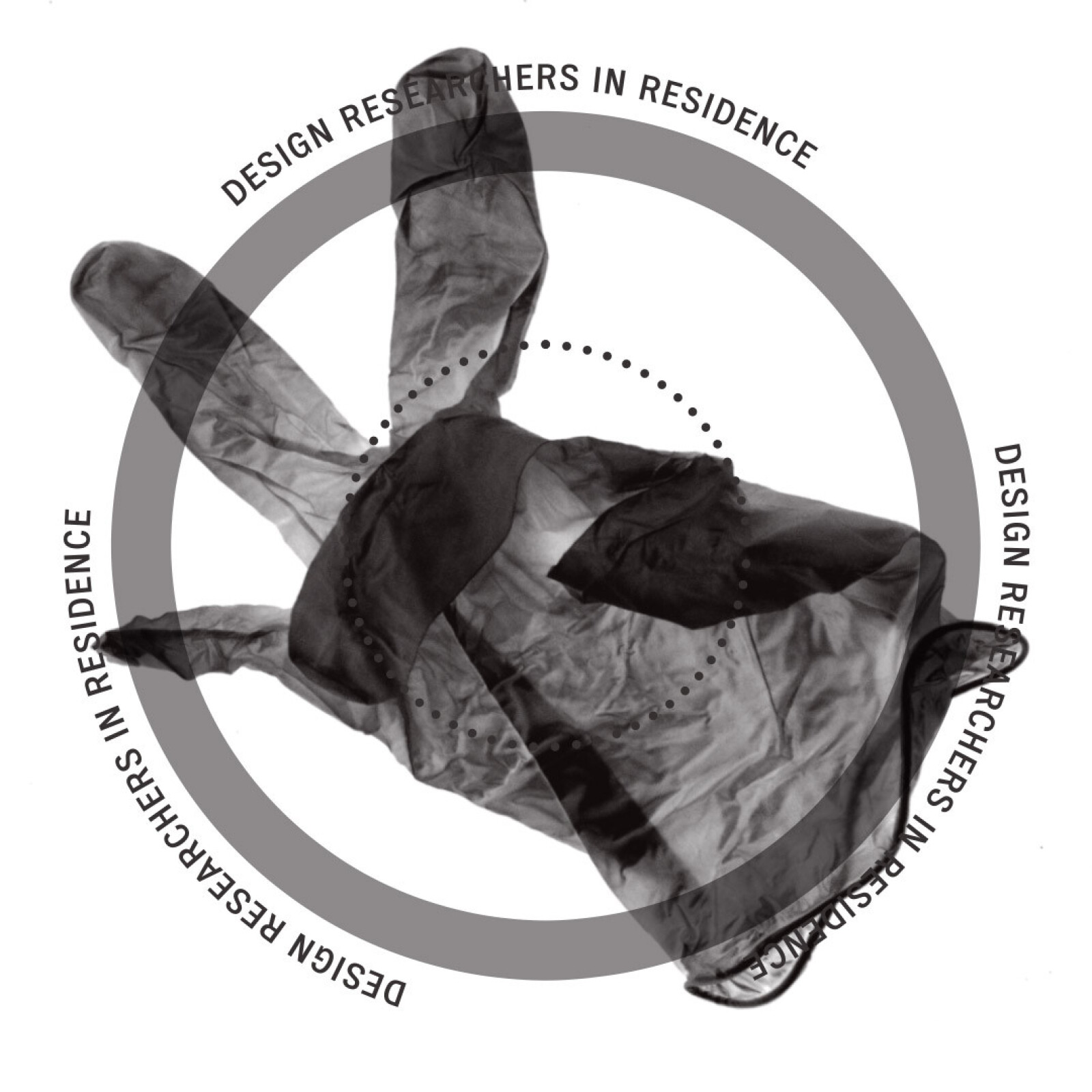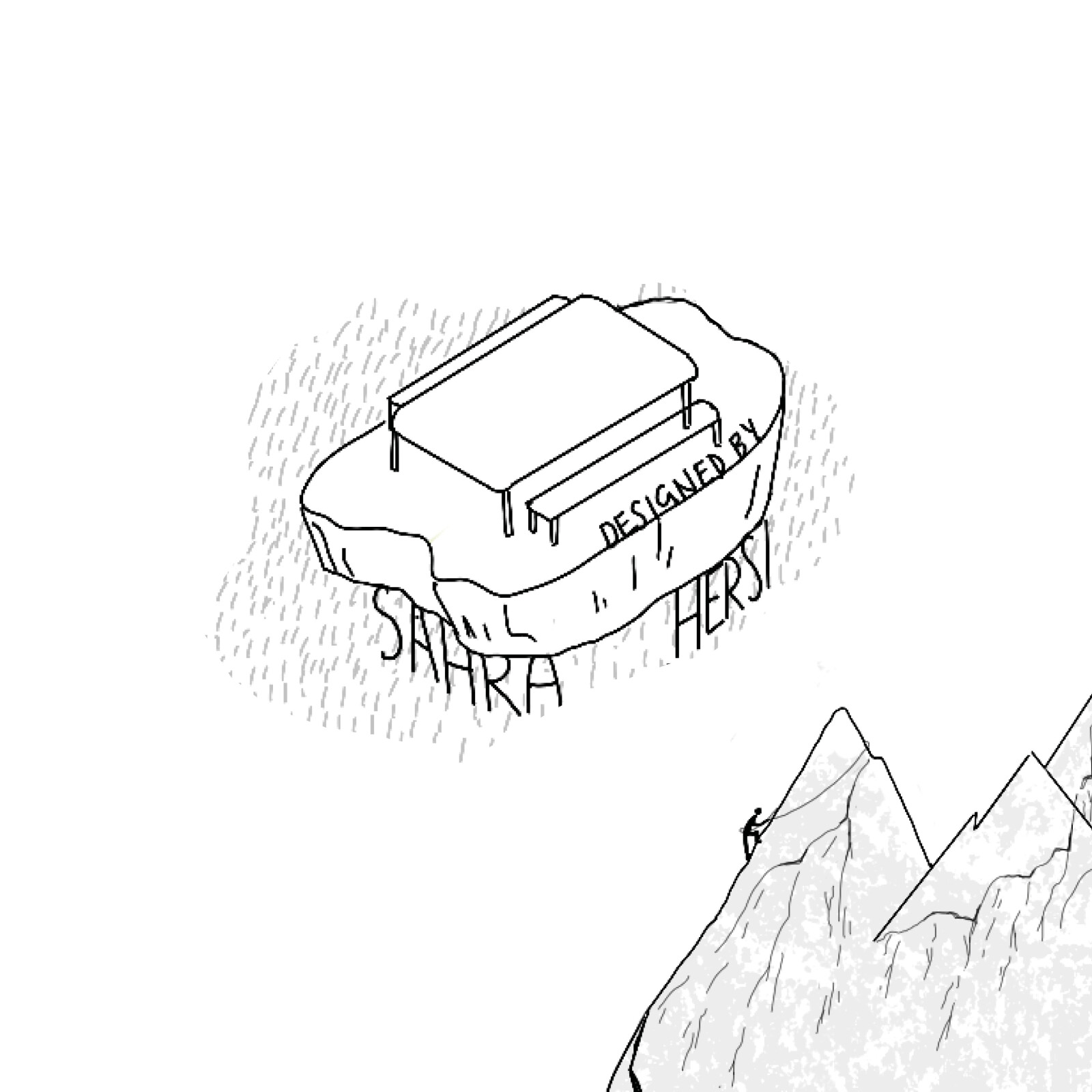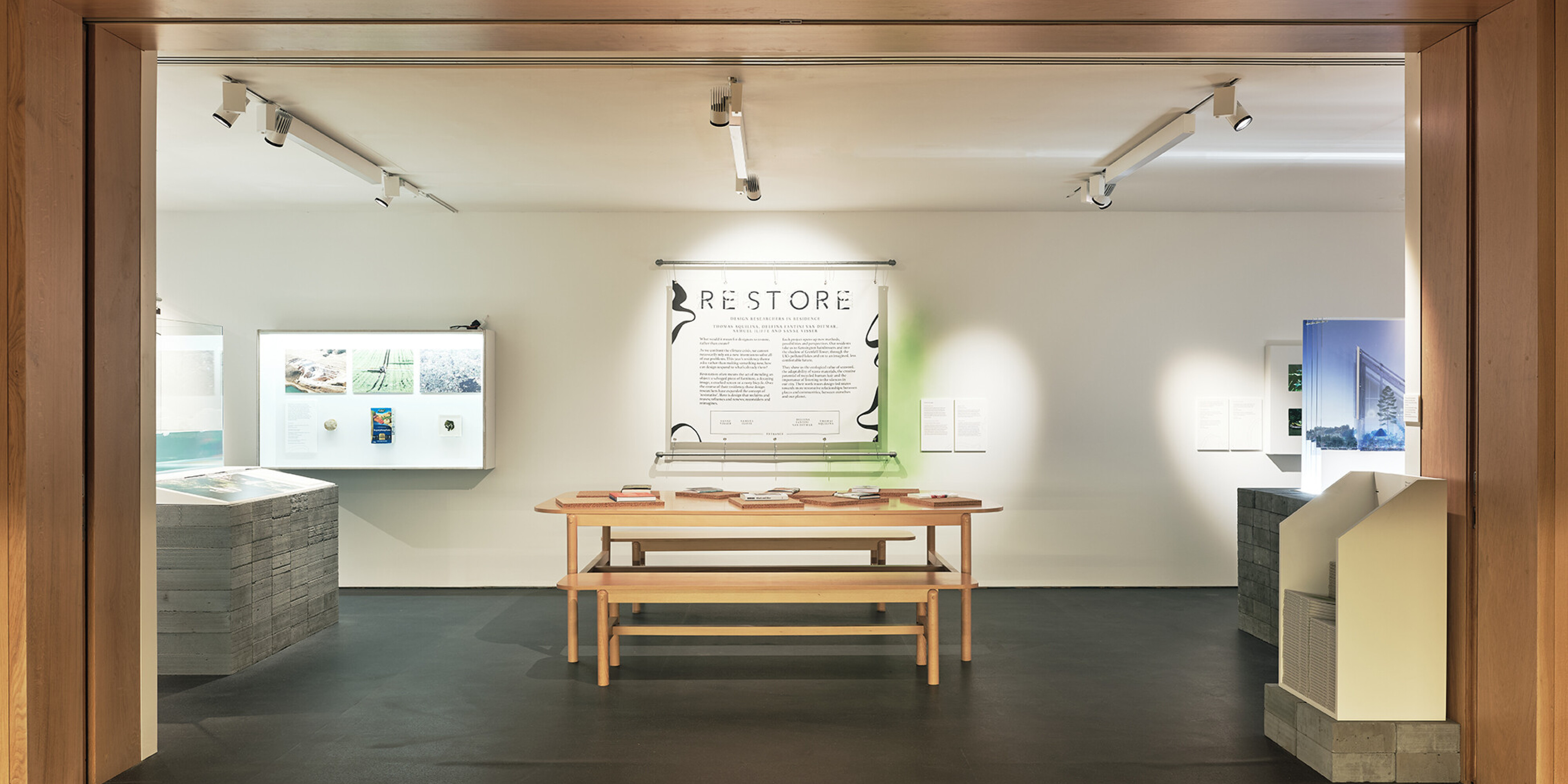
What would it mean for designers to restore, rather than create?
Restore is free display of design research responding to the climate crisis by this year's Researchers in Residence.
Design Researchers in Residence: Restore brings together the work of the 2021/22 Design Researchers in Residence – four thinkers based at the Design Museum working on research projects in response to the climate crisis. The display shows some of their findings and proposals through objects, films, drawings and more.
As we confront the climate crisis, we cannot necessarily rely on a new invention to solve all of our problems. This year’s residency theme asks: rather than making something new, how can design respond to what’s already there?
Restoration often means the act of mending an object: a salvaged piece of furniture, a decaying image, a cracked screen or a rusty bicycle. Over the course of their residency, these design researchers have expanded the concept of ‘restorative’. Here is design that reclaims and reuses; reframes and renews; reconsiders and reimagines.
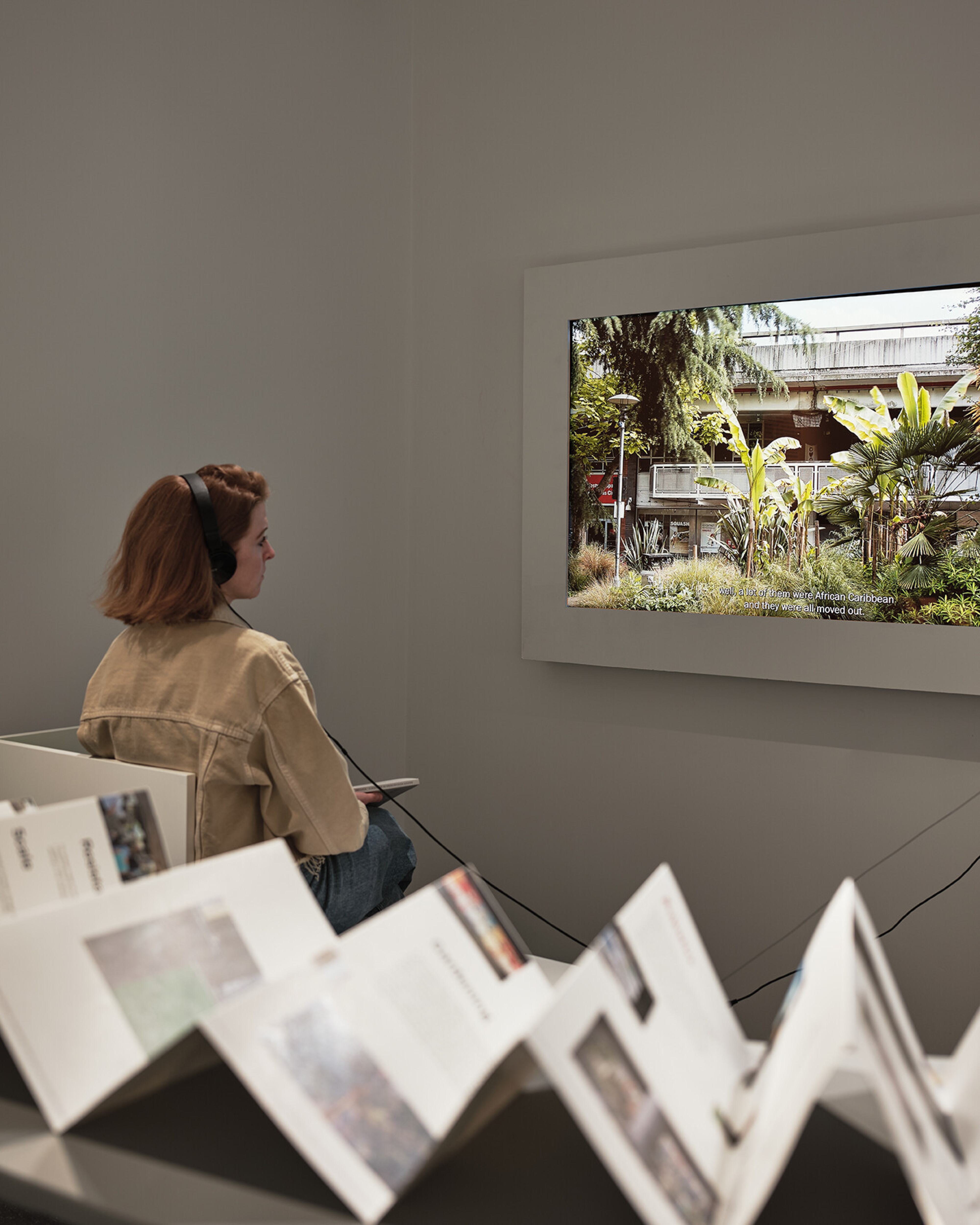
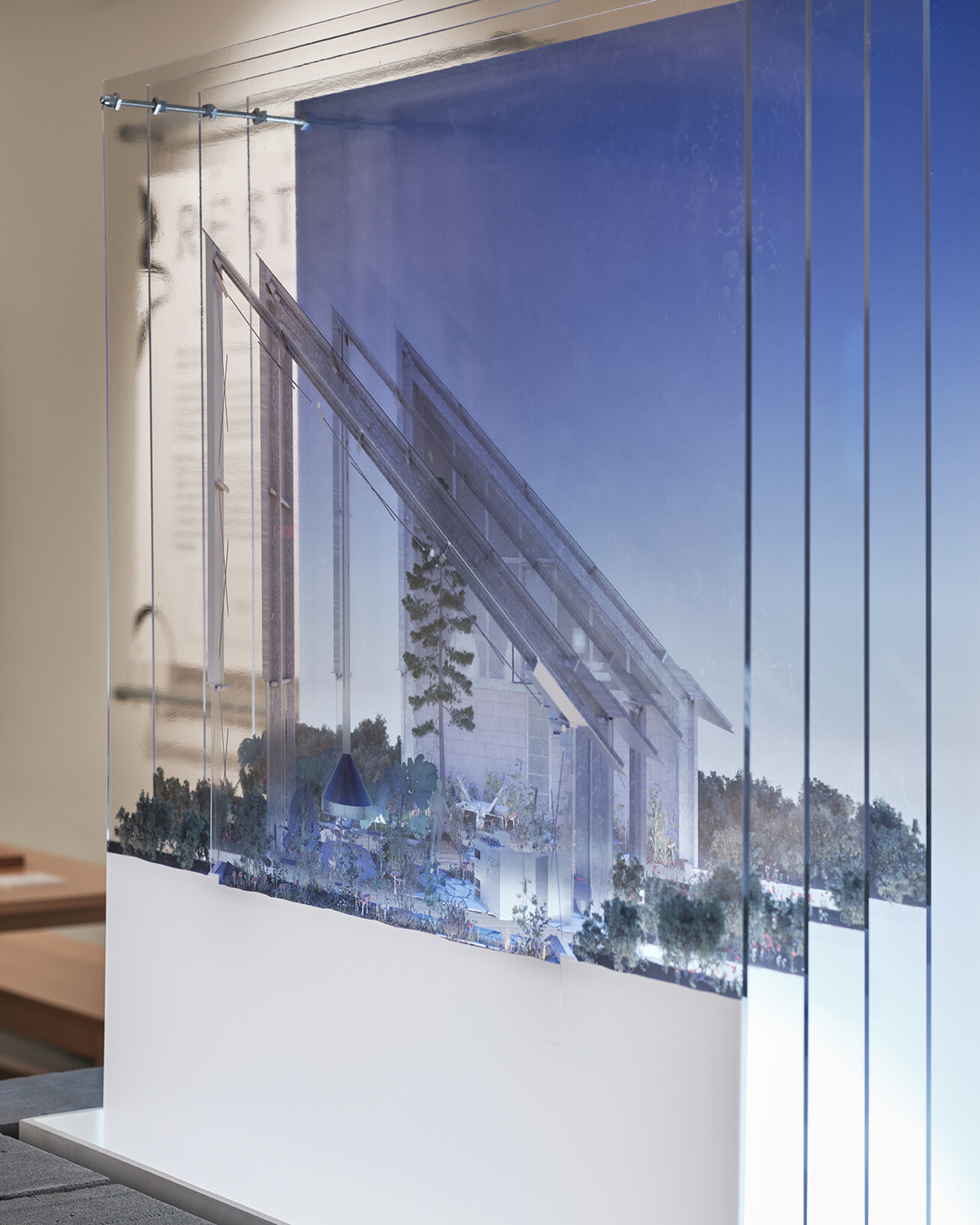
Thomas Aquilina: Silent and Speaking
In SILENT AND SPEAKING, Thomas Aquilina asks how we can listen more carefully to the ‘silences’ in our urban spaces: the social and environmental injustices that go unheard beneath the louder ‘voices’ of assertive buildings, elegant parks and organised streets.
Over the course of his residency, Thomas has embarked on multiple walks in the Royal Borough of Kensington and Chelsea, one of the most economically unequal areas in the country. These walks offer opportunities for new and different conversations with the city. Out of these walks and conversations comes a new kind of glossary: a collection of words, images and ideas that speak directly about social injustice and how it is quietly embedded into the places we pass through every day.
Delfina Fantini van Ditmar: A Not Too Comfortable Future
In the dispiriting context of the current energy crisis, ongoing war, increasing pollution and environmental damage, Delfina Fantini van Ditmar and her collaborators imagine A NOT TOO COMFORTABLE FUTURE: an alternative scenario for our future world. Through multidisciplinary design, they consider what we might need to design – and how we might need to change – to restore our everyday lives.
This reimagined way of living takes a resourceful approach to reusing waste materials. An adaptable waterproof shelter, incorporating discarded clothing, offers a new type of home for a forest-based life. The lightweight shelter leaves the forest floor almost untouched, while allowing its inhabitants to live more nomadic lives. Experimental clothing and furniture made from recycled materials keep us warm and comfortable in surprising, ingenious ways

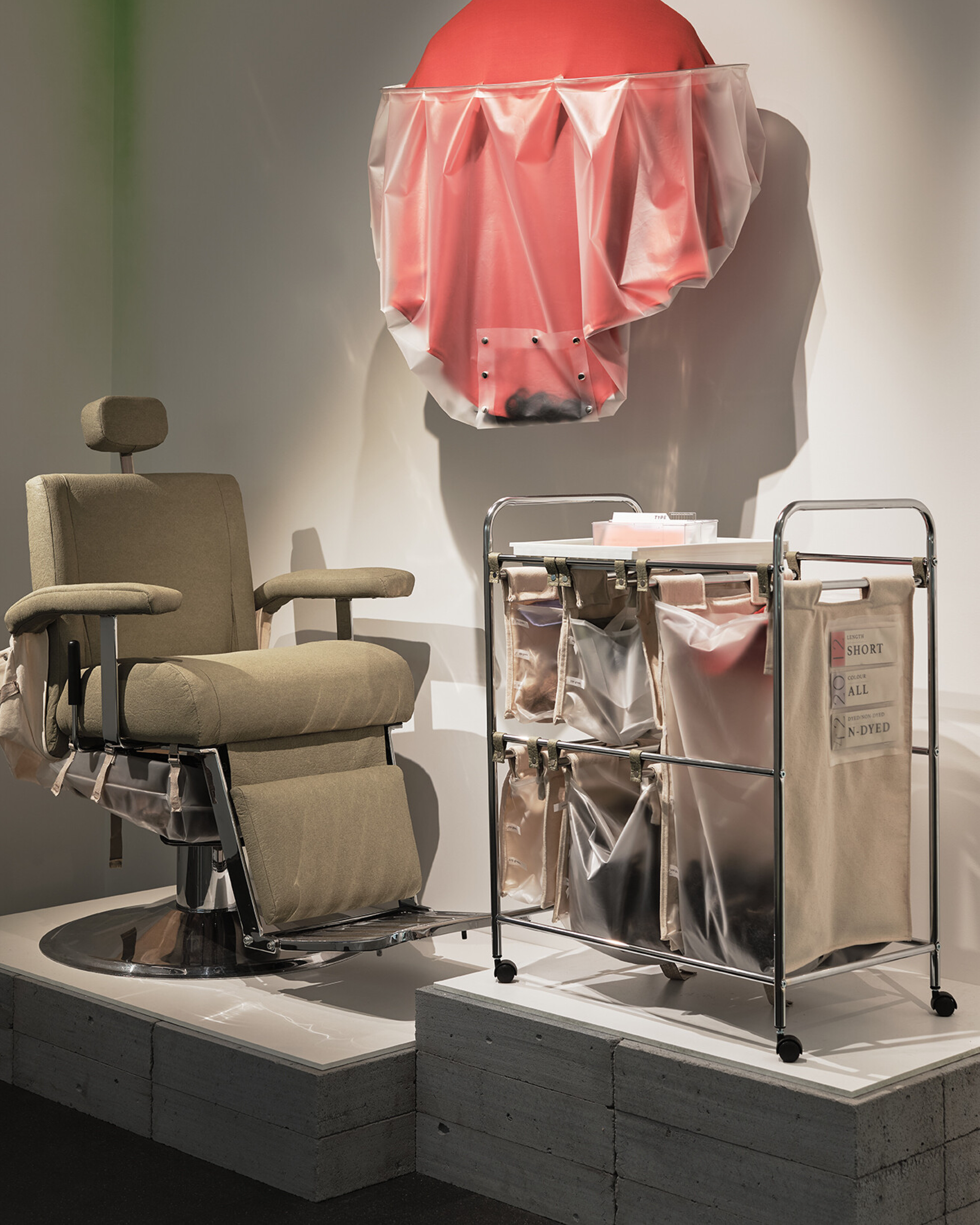
Samuel Iliffe: Phosfarm
How can a brightly coloured inflatable farm become a vital part of the UK's freshwater ecosystems? Samuel Iliffe’s PHOSFARM is a seaweed farm designed to address the problem of phosphorus pollution in the UK’s freshwater.
Phosphorus is an essential mineral for all living things. However, the overuse of phosphorus-based fertilisers in farming since the 1950s means that too much of it is now running into our lakes and rivers. This causes vivid green algae blooms that damage water-based ecosystems
In this display, Samuel reveals the varied role of phosphorus in sustaining life. He presents his design for a transportable farm that uses seaweed to help remove phosphorus from waters at risk of pollution – restoring them to health.
Sanne Visser: Locally Grown
For LOCALLY GROWN, Sanne Visser has worked with a group of local hairdressers to explore the possibilities of recycling human hair.
On average, each of these will cut off 2.4 kilograms of hair every month, most of which will end up in landfill. Yet hair is a highly versatile material. Like wool, it can be sorted and processed for use as a yarn or textile. It can also be broken down to its chemical components for medical uses or even as a plastic alternative.
Sanne’s investigation takes us into the hairdressers and barbers of Kensington and Chelsea to consider how they – and their tools – might play a role in a new recycling system that restores a common waste material back into creative reuse.
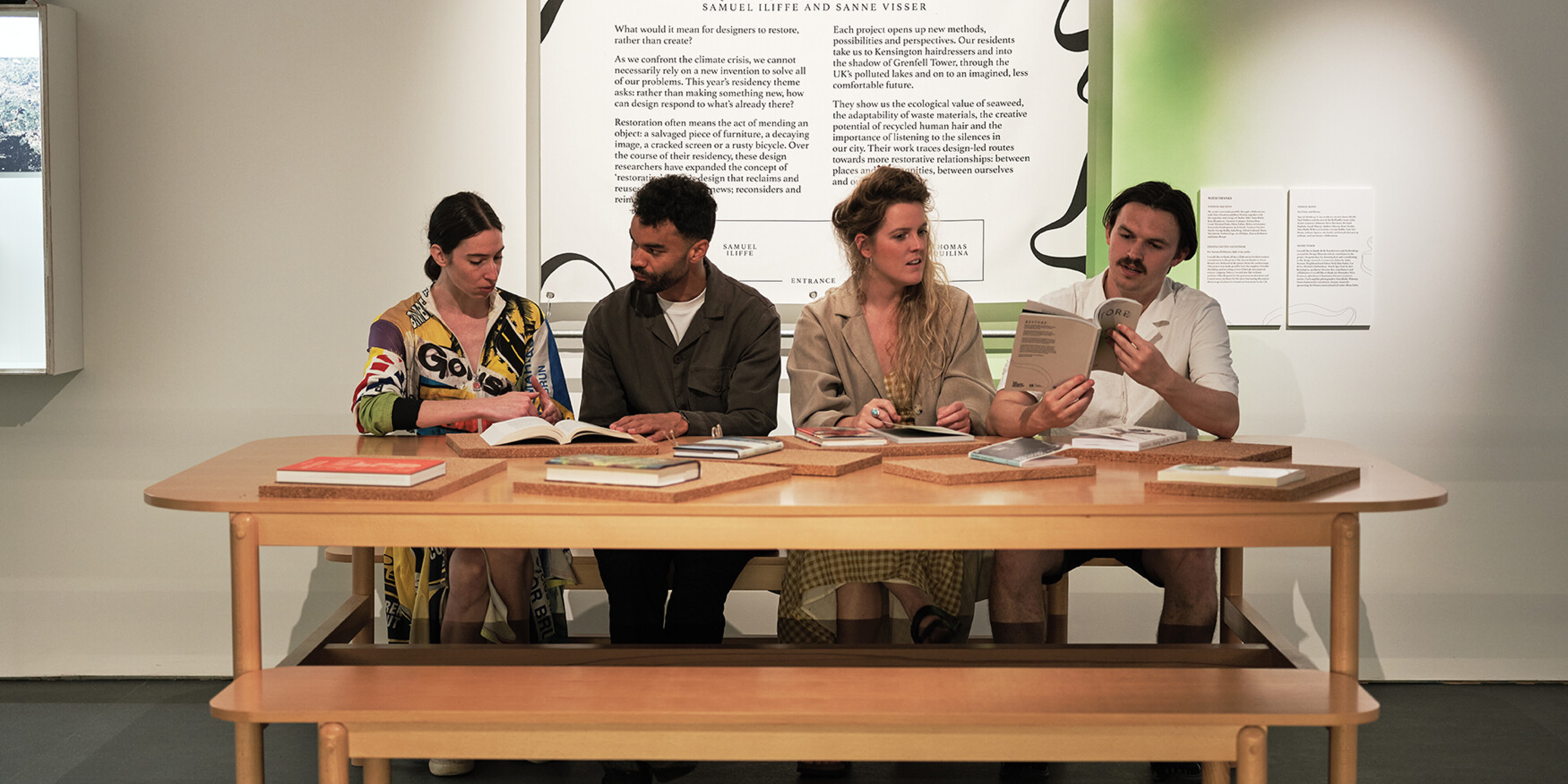
This year’s Design Researchers in Residence are Thomas Aquilina, Delfina Fantini van Ditmar, Samuel Iliffe and Sanne Visser.
The projects take us to Kensington hairdressers and into the shadow of Grenfell Tower, through the UK’s polluted lakes and on to an imagined, less comfortable future. They show us the ecological value of seaweed, the adaptability of waste materials, the creative potential of recycled human hair and the importance of listening to the silences in our city. Their work traces design-led routes towards more restorative relationships: between places and communities, between ourselves and our planet.
